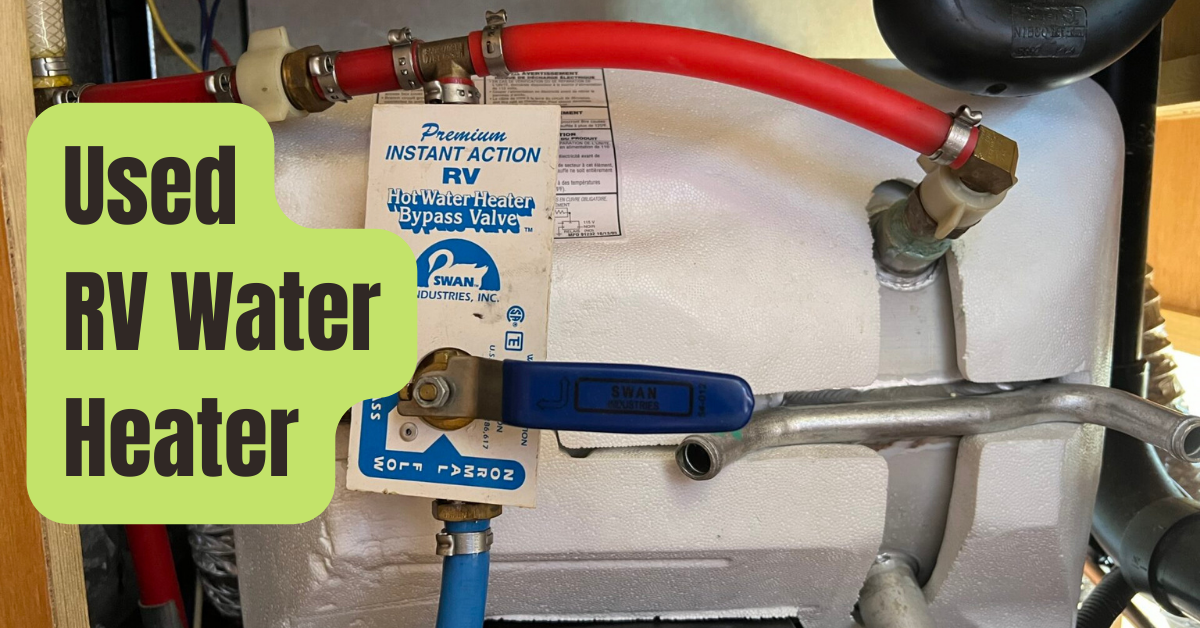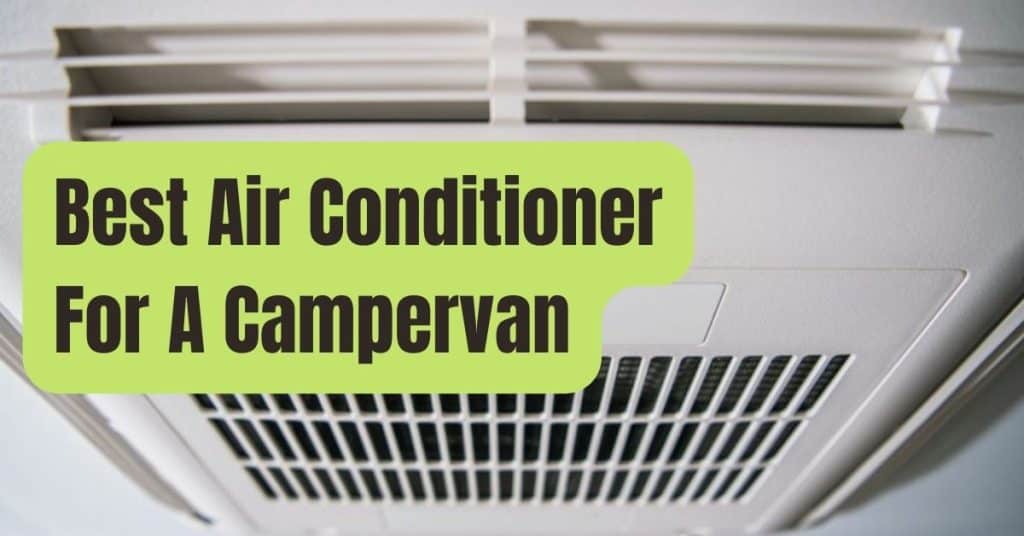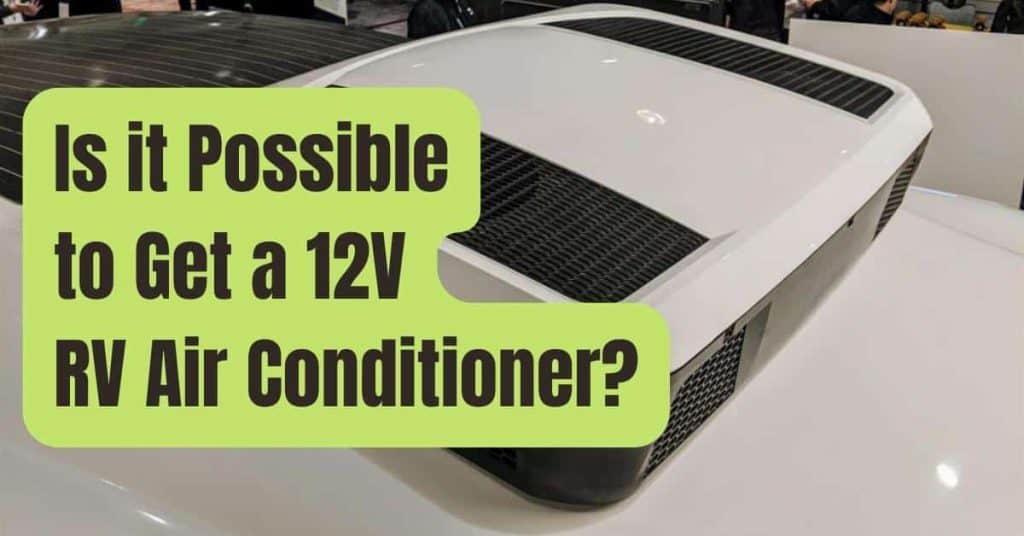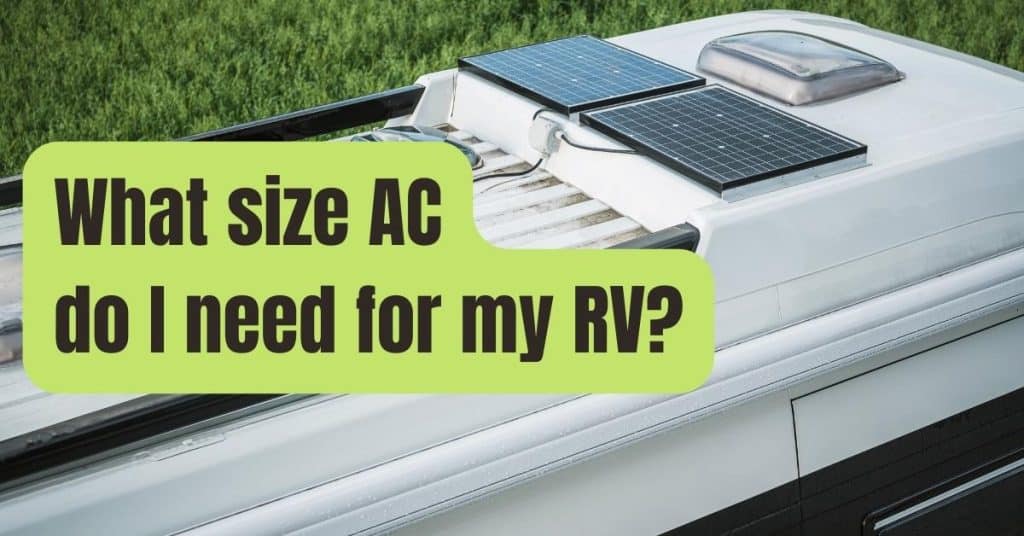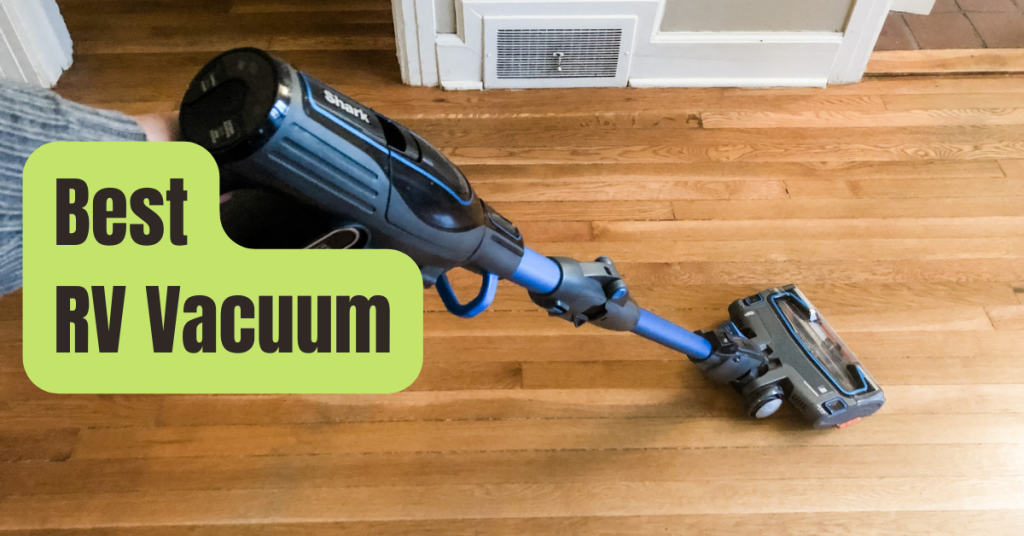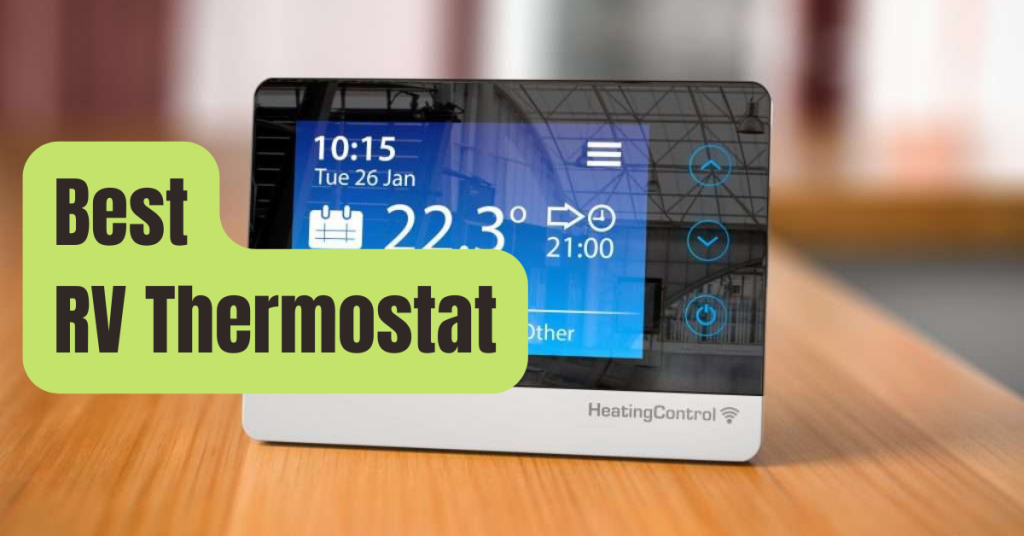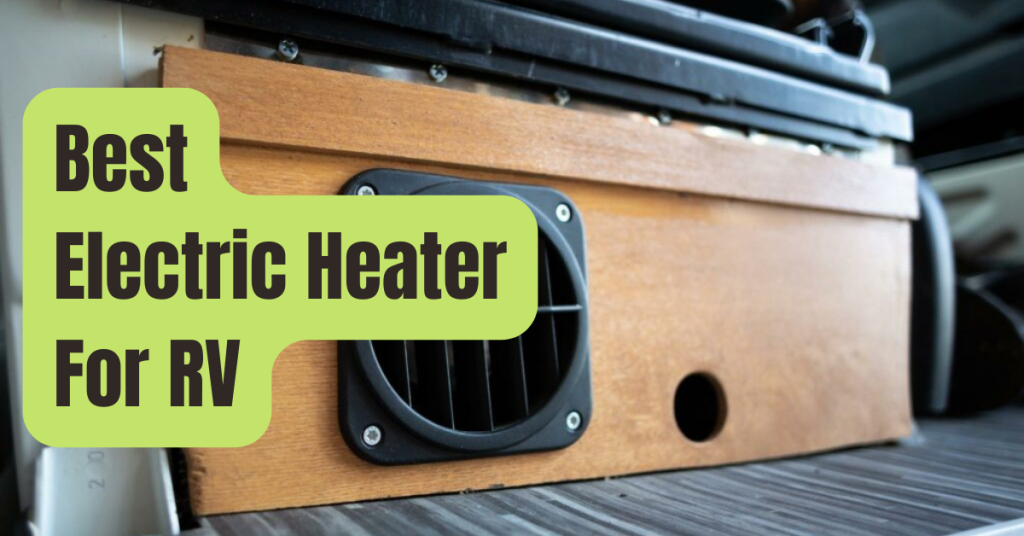We all appreciate having hot water in our regular lives, so camping shouldn’t affect that.
That is why water heaters are standard in recreational vehicles (RVs).
Each of the six recreational vehicles I’ve owned has a different kind of water heater.
It’s also true, in my opinion, that each sort of RV water heater comes with a unique set of features and advantages.
The day will likely come if you own your RV long enough when you decide to repair or improve your water heater.
Your present water heater may have broken down, the tank may have frozen, swelled, and fractured due to improper winterization, or you may just desire a newer, larger, better one.
Whatever the cause, when the time comes to replace it, it’s a good idea to be aware of the many kinds of water heaters available.
An Introduction to RV Water Heater Types
I advise people using RV water heaters for the first time not to try to take the lengthy, hot showers they are used to at home.
Most RV water heaters have six-gallon or 10-gallon water tanks, which may go chilly before you finish taking that lengthy, hot shower.
The good news is that modern RV water heater technology offers sophisticated designs that can extend those lengthy, hot showers we all love.
Later, we’ll discuss more about it.
RV water heaters are made by a few notable companies, including Atwood and Suburban.
Both provide highly regarded goods that are advantageous to the customer.
The water heater tank itself makes the most effect.
In order to absorb and balance the abrasive water action typical of hot water tanks, Atwood utilizes a lightweight aluminum water tank, while Suburban uses a steel water tank with porcelain lining and an anode rod.
Let’s Examine the Different RV Water Heater Types.
6-Gallon Manual LP Gas Water Heater
Many years ago, the first travel trailer I ever purchased had a pretty subpar water heater.
When you get to your camping location, you manually ignite the water heater using a long match or striker since it runs on LP gas.
It includes a six-gallon water tank and heats water in less than 30 minutes.
It is a quick recovery water heater with an hourly output of around 7 gallons of hot water.
This kind of manual water heater is common in today’s entry-level RVs.
6-Gallon LP Gas with Direct Spark Ignition
The Direct Spark Ignition, or DSI, LP gas water heater is a step up from the manual type.
By using a switch inside the RV, you may turn on the water heater without having to walk outside and physically ignite it with a match or striker.
The water heater is much the same, but with automated ignition.
The water heater will automatically illuminate as long as the LP gas supply is switched on and there is LP gas in the cylinder or tank.
6-Gallon LP Gas/DSI/Electric Water Heater
We had a water heater with 120-volt electric and LP gas running modes in both our first RV and second travel trailer.
The water heater still had a 6-gallon water tank, but it also used 120-volt power and LP gas to run.
The availability of two operating modes was a good bonus.
The water heater was run in the electric mode if we were hooked into an electrical outlet and want to save our LP gas supply.
Additionally, we utilized the water heater in the LP gas mode while dry camping without power.
Both manual variants, which need manual lighting, and DSI models, which illuminate automatically, are offered for these combination water heaters.
I often remark that you get what you pay for and that when prices rise, features follow suit.
These water heaters provide more hot water per hour and heat water more quickly thanks to their higher BTU output.
10-Gallon LP Gas/DSI/Electric Water heater
A comparable LP Gas/DSI/Electric water heater was installed in our second RV, except it featured a 10-gallon water tank instead.
Now that the showers are lasting longer, camping excursions become a little more spoilt for you.
These water heaters have high recoveries and high BTU/hour output.
Note: Using any water heater in electric mode will reduce the amount of energy available to power other 120-volt fixtures and appliances.
On-Demand RV Water Heaters
I wanted to outfit my historic travel trailer with all the contemporary comforts and appliances seen in new RVs when I renovated it.
An on-demand water heater was incorporated.
You now have 50,000 BTUs to heat the water instead of 8,000 or 12,000 BTUs.
Because the LP gas fueled heat exchanger only warms the water when there is a need, on-demand water heaters are very energy efficient.
The hot water is also available continuously.
This is the closest thing you can get to your house water heater.
To get the desired temperature, just turn on the hot water faucet and add some cold water.
As with anything else, these extra amenities have a cost, but if you like taking lengthy, hot showers, the extra cost can be justified.
Almost any brand of 6 or 10-gallon water heater may be replaced with an on-demand water heater without requiring significant adjustments.
Alternatives and Final Reflections
There are further methods for heating water in an RV or travel trailer, such as high-end hydronic heating systems that provide an unending supply of hot water throughout the RV, but that is the subject of a different article.
This was only a brief introduction to RV water heaters so that you are aware of the options available when it comes time to update or replace your current RV water heater.
Most of the water heaters we spoke about today may be placed with minimal modification in existing water heater apertures.
Consult the service staff at your neighborhood Camping World SuperCenter about upgrading your current water heater.

